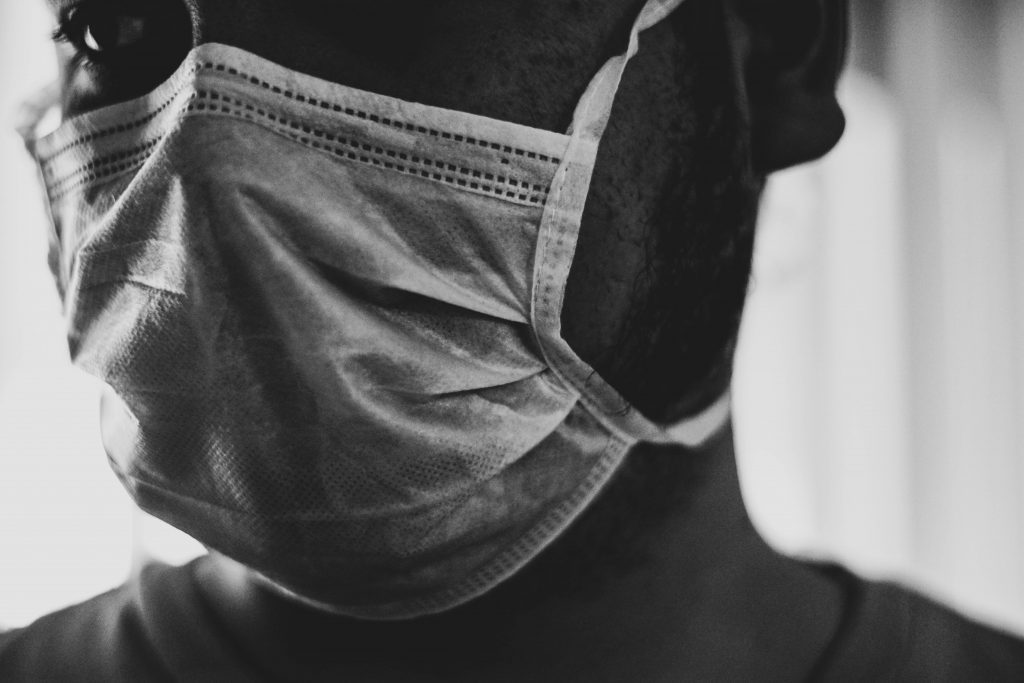COVID-19 has overwhelmed prisons across the United States. But the measures to slow the spread of the deadly disease seem to have failed. Data from the Prison Policy Initiative shows that more than half of the incarcerated people in the U.S. have been vaccinated. This number needs to grow before we will see the COVID-19 spread start to retreat. But this number is significant for many reasons.
Why aren’t prison guards getting the COVID-19 vaccine?
The number of incarcerated people getting the COVID-19 vaccine needs to grow. But incarcerated people have far outpaced prison guards in doing their part to slow the spread of the virus.
The Covid Behind Bars Data Project at the University of California, Los Angeles, shows why. It has tracked the impact and spread of COVID-19 in correctional facilities. It estimates that only about 47% of prison staff has received at least a shot of the vaccine. This statistic is alarming on its face. More prison guards have refused the vaccine than have gotten it.
But the statistic looks even worse when you consider the statistics between states. In Pennsylvania, for example, 87% of incarcerated people have gotten the vaccine. But only 23% of the correctional officers are. And there are also several states that don’t report or correct data at all.
The refusal to get the vaccine not only puts prisoners and other staff at risk. It also puts the communities around prisons in danger.
But the reason why prison guards won’t cut this risk, as of now, seems hard to define. But it’s a problem that exists in other areas of government, too. The best example is police departments. As this piece in The Atlantic points out, police don’t get vaccinated either.

What measures are prisons taking to stop the spread of COVID-19?
With prison guards refusing to get vaccinated, people are now asking what other measures prisons are taking to slow the spread of COVID-19. So far, the answers don’t seem to be good ones. Prisons could use social distancing, masks and other methods that have proved effective. They aren’t. Instead, many prisons have put incarcerated people with COVID-19 symptoms into solitary confinement.
Before the pandemic, there were approximately 60,000 people in solitary confinement. Since the pandemic started, that number has ballooned to 300,000. This has led to prisoners choosing to hide their symptoms to avoid solitary or lockdown. The result, of course, is that the virus then spreads.
Despite some prison officials’ work to stop it, the number of people released from prison during the pandemic has increased. But, recent reporting suggests that some of those people will have to go back to prison when the pandemic ends.
The Takeaway:
COVID-19 has spread like crazy in U.S. prisons. More than half of the incarcerated people in the country got the vaccine. Prisoners have done their part. Prison staff, however, have not. Prison guards, like police officers, have refused the vaccine. And the other measures prisons have taken to slow the spread of COVID-19 haven’t been effective. In fact, some have made things worse.






